Works

|
stainless steal, 68 × 50 × 45 cm

|
Chrome steel, 130 × 65 × 85 cm
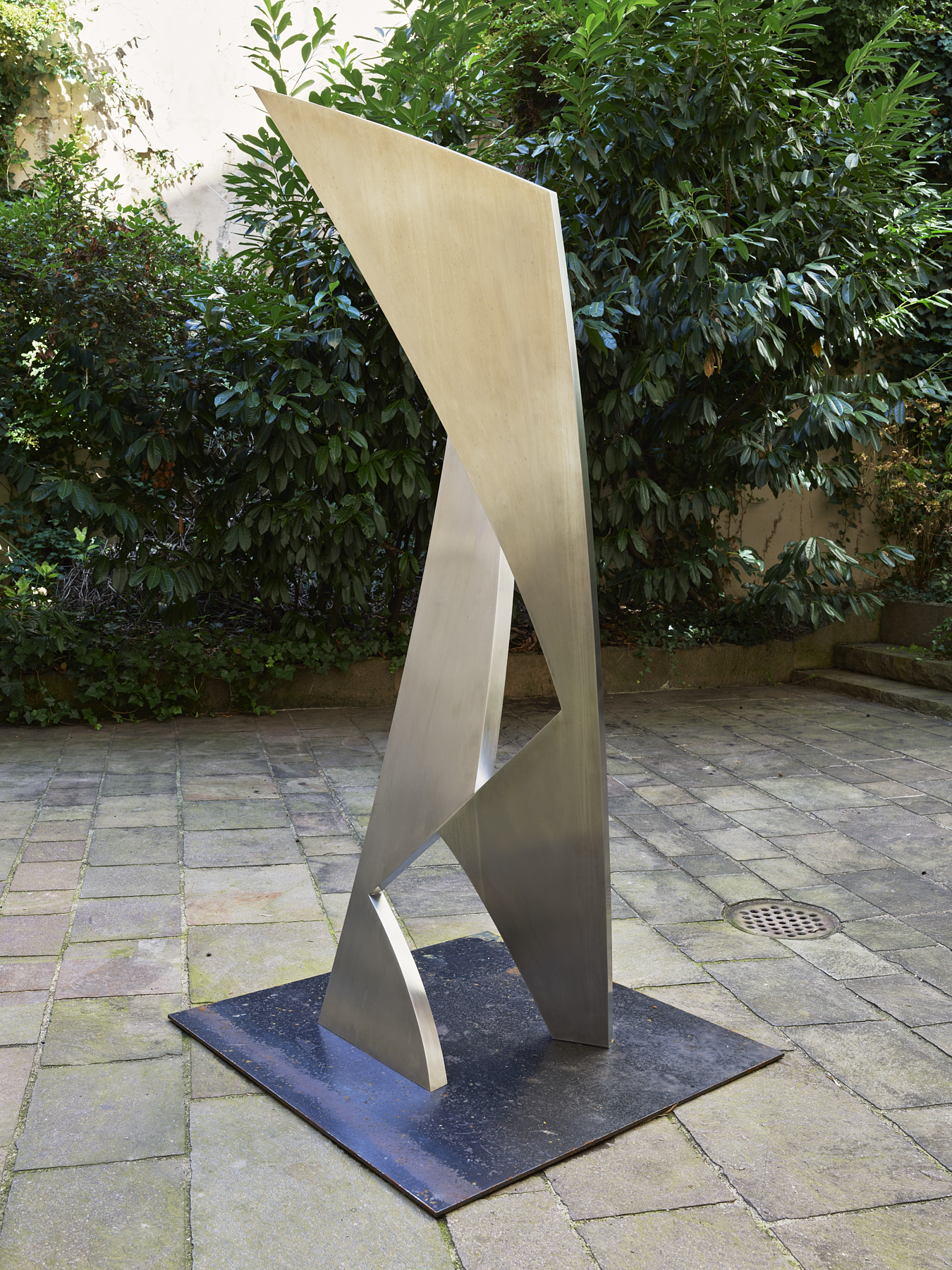
|
stainless steal, 200 × 100 × 80 cm

|
stainless steal, 90 × 140 × 140 cm

|
steel, lacquer, 35 × 70 × 40 cm

|
collage, 272 × 220 cm

|
collage, 272 × 220 cm

|
gouache on paper, 70.5 × 50.5 cm

|
gouache on paper, 51.5 × 37 cm
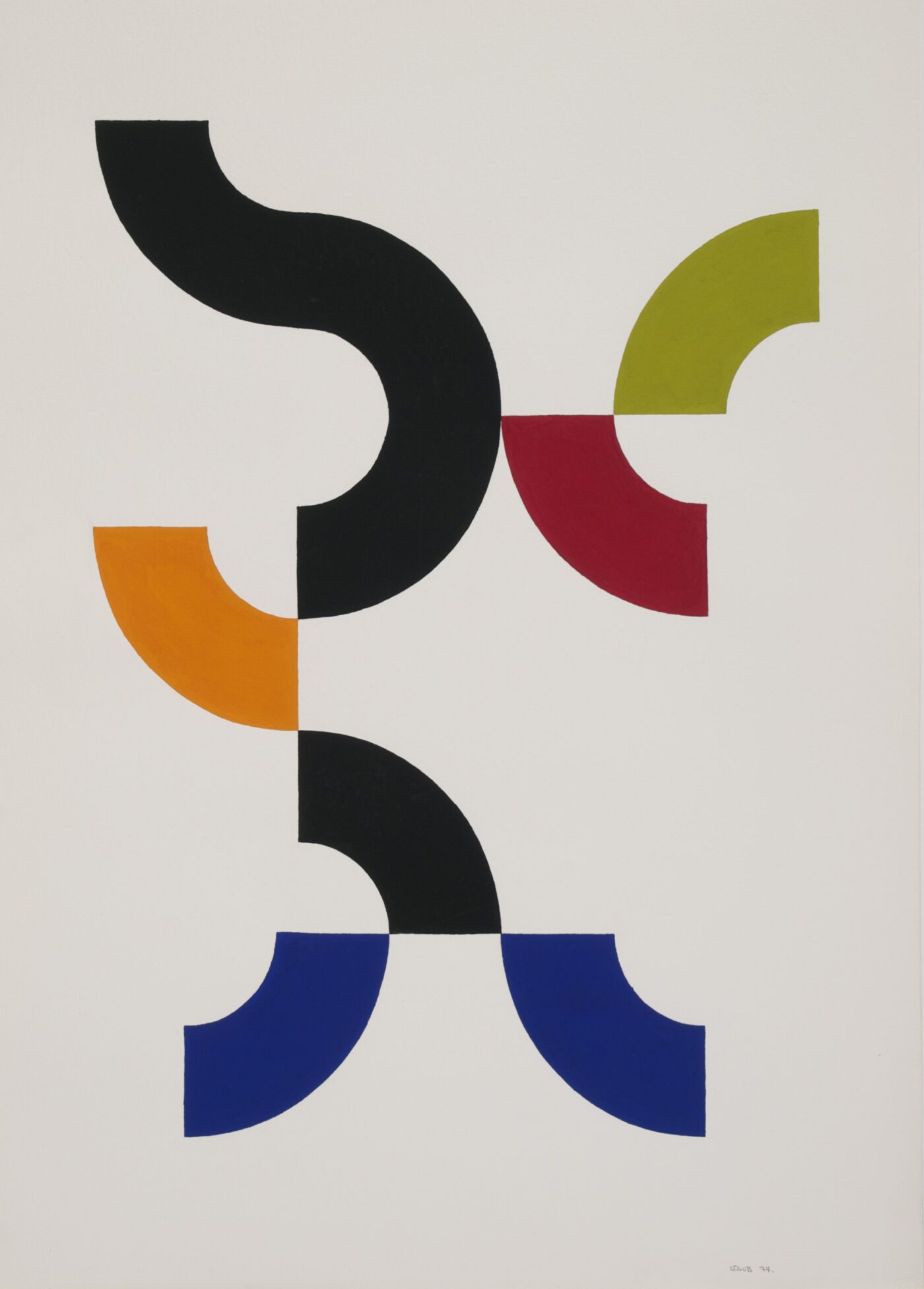
|
gouache on paper, 70.5 × 50.5 cm

|
gouache on paper, 70.5 × 50.5 cm
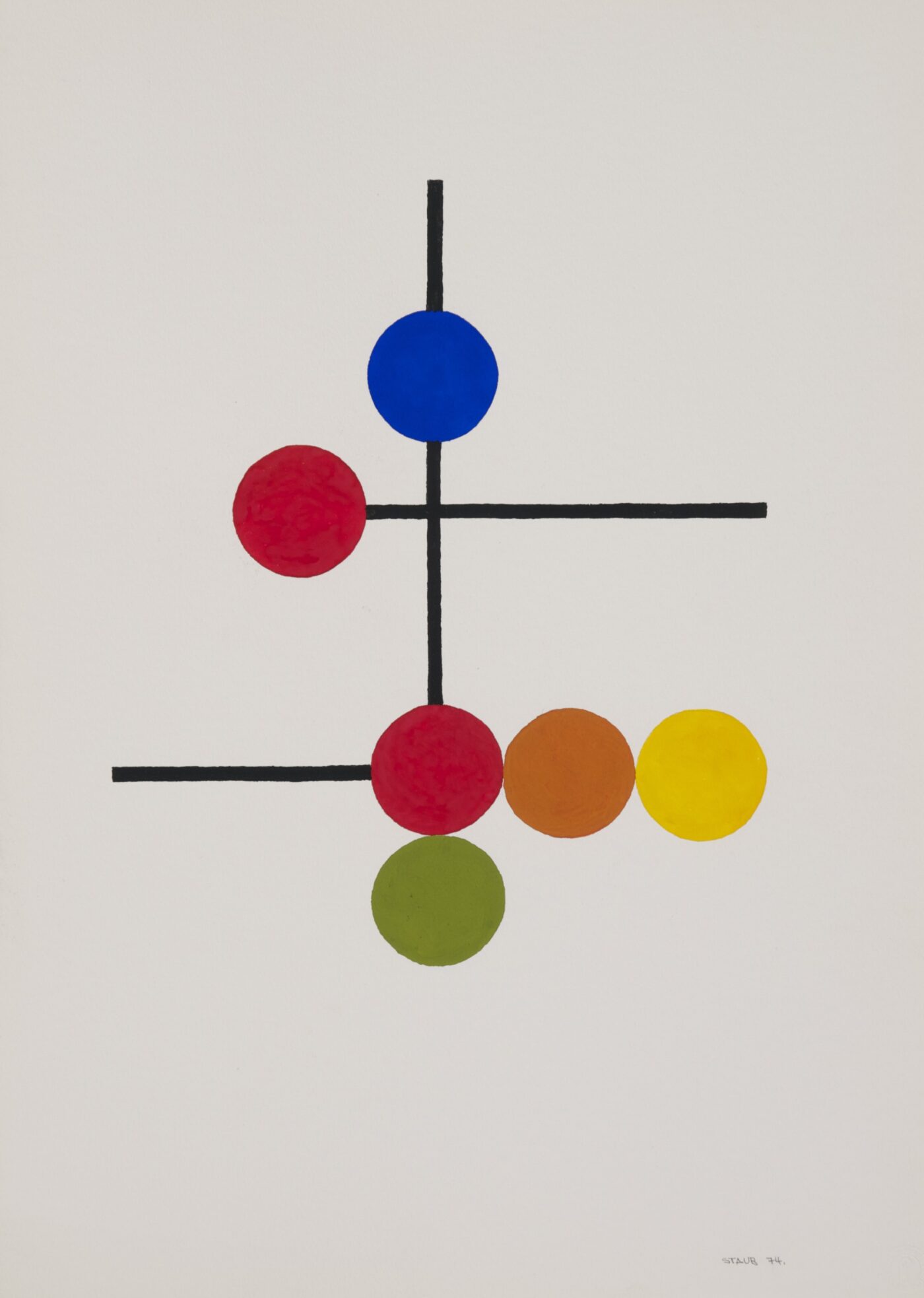
|
gouache on paper, 51.5 × 37 cm
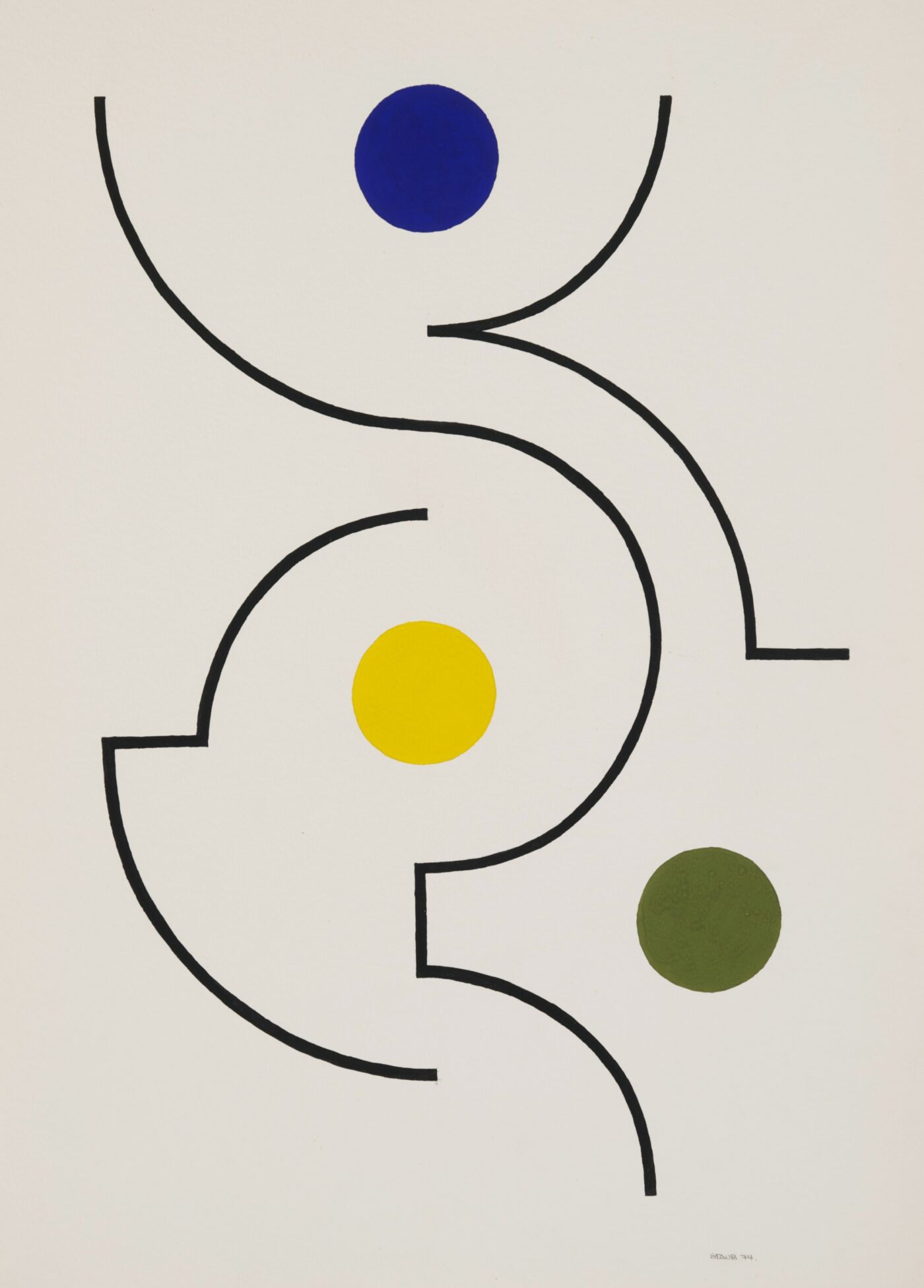
|
gouache on paper, 51.5 × 37 cm

|
gouache on paper, 51.5 × 37 cm

|
gouache on paper, 51.5 × 37 cm
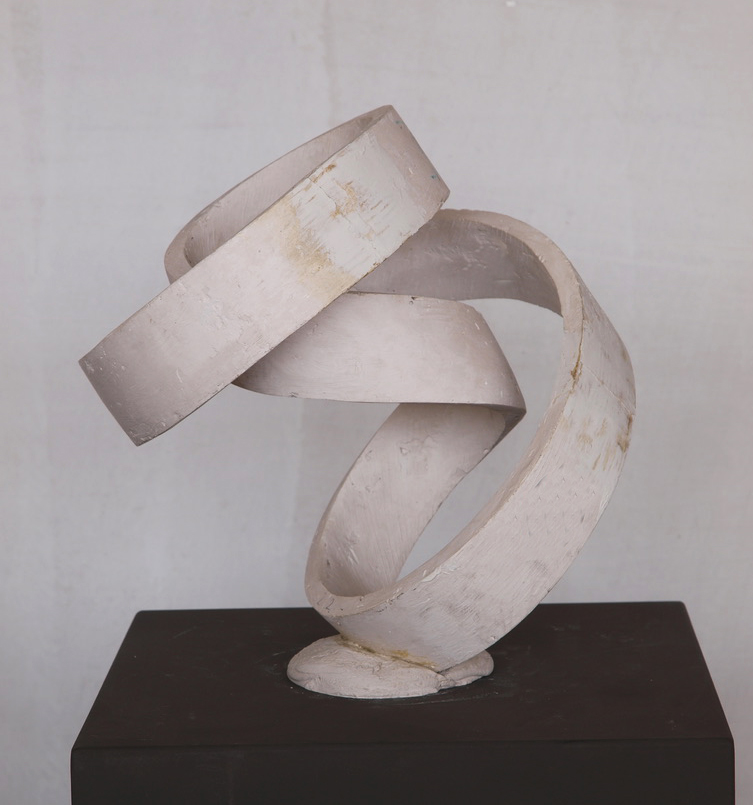
|
plaster, 38 × 35 × 34 cm

|
plaster, 32 × 26 × 16 cm

|
plaster, 42 × 40 × 22 cm

|
stainless steel, 87 × 90 × 85 cm
|
|
stainless steal, 104 × 47 × 23 cm
|
|
paper ribbons in wooden box, 45.5 × 28.5 × 6 cm
|
|
paper ribbons in wooden box, 36 × 23 × 11 cm
|
|
paper ribbon in wooden box, 28 × 12 × 6 cm
|
|
solid wood, 98 × 100 × 16 cm
-
ARTEMISIA, 2006
-
Eterna, 2006
-
JOY, 2018
-
NERO, 2001
-
LIMIT, 1990
-
untitled, 1989
Portrait

Josef Staub’s early artistic endeavors were in painting. His informal oil paintings using palette knife technique date back to the early 1950s. By the mid-1950s, he turned to geometric-abstract compositions. Staub’s 1960s paintings were again heavily influenced by informal art, featuring paintings with strong color reliefs in monochrome scales.
From the relief aspect of painting, Staub transitioned to sculpture. In 1963, he worked on reliefs, mosaics, and abstracted figures composed of iron waste set in cement. By 1965, he created his first full sculptures from geometric shapes in bronze and cast aluminum, whose aesthetics did not satisfy him. Influenced by Jean Arp, Constantin Brancusi, and Max Bill, Staub discovered stainless steel as a new material. In the 1970s, he began constructing his characteristic geometric-abstract figures from ground and polished steel sheets. He developed forms from lines and surfaces into knotted bands and endless loops, as well as incised squares and triangles with twisted edges and divergent corners. While the forms changed little into the 1990s, the sculptures, especially for outdoor exhibitions and public art projects, became increasingly daring in size during the 1980s. The figures, often resting on small ground surfaces, soared four to five meters high. Staub achieved
Josef Staub’s early artistic endeavors were in painting. His informal oil paintings using palette knife technique date back to the early 1950s. By the mid-1950s, he turned to geometric-abstract compositions. Staub’s 1960s paintings were again heavily influenced by informal art, featuring paintings with strong color reliefs in monochrome scales.
From the relief aspect of painting, Staub transitioned to sculpture. In 1963, he worked on reliefs, mosaics, and abstracted figures composed of iron waste set in cement. By 1965, he created his first full sculptures from geometric shapes in bronze and cast aluminum, whose aesthetics did not satisfy him. Influenced by Jean Arp, Constantin Brancusi, and Max Bill, Staub discovered stainless steel as a new material. In the 1970s, he began constructing his characteristic geometric-abstract figures from ground and polished steel sheets. He developed forms from lines and surfaces into knotted bands and endless loops, as well as incised squares and triangles with twisted edges and divergent corners. While the forms changed little into the 1990s, the sculptures, especially for outdoor exhibitions and public art projects, became increasingly daring in size during the 1980s. The figures, often resting on small ground surfaces, soared four to five meters high. Staub achieved the defiance of gravity using specialized techniques from steel and aircraft construction. This type of large sculpture received wide recognition in the USA (Texas, San Francisco).
In stark aesthetic contrast to his sculpture, defined by precise material handling, is Staub’s painting, which he never completely abandoned. He reduced it to a drawing approach using archaic symbols he encountered mainly in the remnants of Native American cultures in New Mexico and Arizona. These raw geometric figures, which also appear more refined in his sculptures, were rendered on paper using paste paint in brown and red tones or as collages, appearing as evoked symbols of a vanished culture.
Biography
Died 2006 in Zurich, Switzerland
Selected Solo Exhibition
“Josef Staub“, Galerie Fischer, Lucerne, Switzerland
“Josef Staub Werkschau“, Altstadthalle mit Z-Galerie, Baar, Zug, Switzerland
